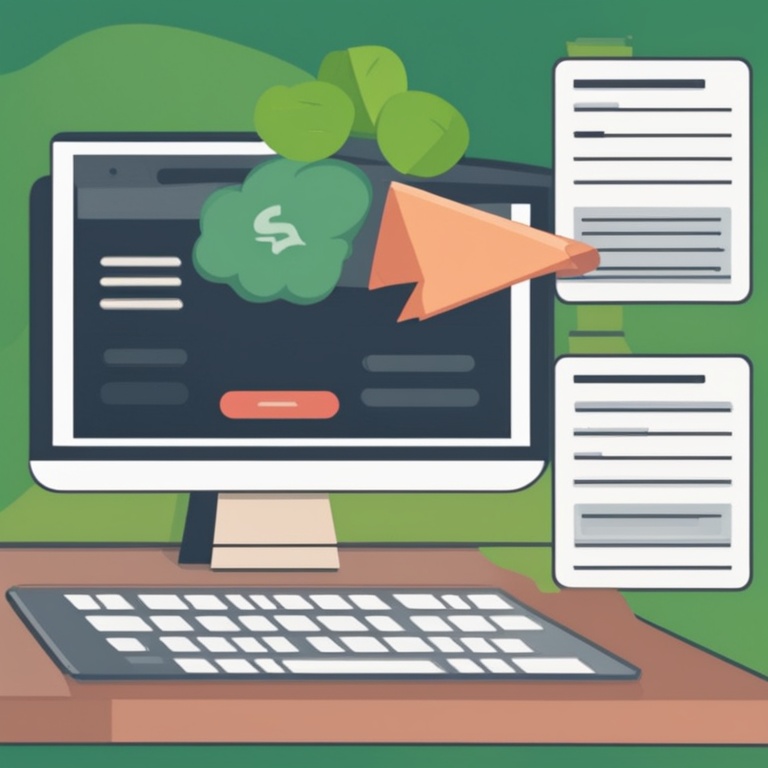

Hey there, Shopify store owners! So, you've got this amazing Shopify independent store all set up, but you're scratching your head about the user onboarding process. Well, don't you worry because we're about to embark on a journey to master this process and knock out those common hurdles like a boss.
What the Heck is User Onboarding Anyway?
User onboarding is like the first date with your customers. It's that crucial moment when they first step into your digital storefront. You want to make them feel welcome, show them around, and basically convince them that they've landed in the right place. In the world of Shopify, it's the process that takes a new visitor from "Who are these guys?" to "I'm so glad I found this store!"
Think of it as a guided tour. You don't just shove people into a maze of products and expect them to find their way. No, sir! You hold their hand (figuratively, of course) and lead them through the wonderland that is your store.
The First Hurdle: Confusing Navigation
Oh, navigation. It can be a real pain in the you - know - what. You've got all these amazing products, but if your customers can't find them easily, it's like having a treasure chest hidden in a forest full of quicksand. Your menu should be as clear as day. No fancy jargon or super - complicated dropdowns that look like a spider's web.
For example, if you sell clothes, don't have a menu item called "Fabriferous Apparel". Just call it "Clothes". Simple, right? And make sure your product categories are well - defined. Men's, women's, kids' - that kind of thing. It's like organizing your closet. You wouldn't just throw everything in there willy - nilly.
Another tip is to use breadcrumbs. You know, those little trails that show where you've been on a website. It's like Hansel and Gretel leaving breadcrumbs in the forest, but in a digital way. So if a customer goes from "Home" to "Clothes" to "Men's Shirts", they can easily find their way back if they need to.
Hurdle Number Two: Boring Welcome Messages
Your welcome message is like the first impression at a job interview. If it's dull and lifeless, you might as well be waving goodbye to your potential customers right then and there. "Welcome to our store" just doesn't cut it anymore. Be creative!
How about something like "Hey there, fashionistas! Step into a world of style and comfort at [your store name]" if you're selling clothes. Or if it's a store for tech gadgets, "Greetings, tech - lovers! Prepare to be amazed by the coolest gadgets on the planet."
You can also add a bit of humor. For instance, "Welcome, fellow shoppers! We're not your average store. We're more like a magical emporium of awesomeness." It'll make your customers smile and they'll be more likely to stick around and explore.
The Third Hurdle: Overwhelming Product Pages
Oh boy, product pages can be a minefield. You don't want to bombard your customers with so much information that their eyes start to glaze over. It's like trying to drink from a firehose. One minute you're interested, and the next you're drowning in details.
Keep it simple, stupid (KISS principle, anyone?). Highlight the key features of your product. If it's a phone case, mention the protection it offers, the cool design, and how it fits different phone models. Don't go into a long - winded explanation about the manufacturing process unless your customers are really into that kind of stuff.
Also, use great images. A picture is worth a thousand words, right? Have high - quality, clear photos of your product from different angles. And if possible, add a video. It's like a mini - commercial for your product. But don't make it too long. No one wants to watch a 10 - minute video about a keychain.
Hurdle Four: Complicated Checkout Process
The checkout process is where many a sale has been lost. It's like the final lap of a race, and if it's too difficult, your customers will just throw in the towel. No one wants to fill out a million forms and jump through a thousand hoops just to buy a pair of socks.
Reduce the number of steps. If you can, make it a one - page checkout. And don't ask for unnecessary information. Do you really need to know their mother's maiden name? Probably not. Also, offer multiple payment options. Not everyone likes to pay with credit cards. Some people prefer PayPal, or other digital wallets.
Give clear instructions at each step. It's like having a friendly guide. "Click here to enter your shipping address" or "Select your payment method below". And make sure your checkout button is big and bright. You don't want it to be some tiny little thing that customers can't find.
Hurdle Five: Lack of Personalization
Customers these days want to feel special. They don't want to be just another face in the crowd. If your store treats everyone the same, it's like going to a party where no one knows your name. Boring!
You can use customer data to personalize their experience. For example, if a customer has previously bought women's shoes from your store, you can recommend other shoes or accessories that match. Or if they've been browsing your tech section, show them related products.
Another way is to address them by their name. When they log in, a simple "Welcome back, [customer name]" can go a long way. It makes them feel like you know them and care about them.
Overcoming Hurdles with Analytics
Now, you might be thinking, "How do I know if my changes are actually working?" Well, that's where analytics come in. It's like having a crystal ball that tells you what your customers are doing.
Shopify has some great analytics tools. You can see which pages are getting the most traffic, where customers are dropping off, and how long they're staying on your site. If you notice that a lot of people are leaving your product pages quickly, maybe it's time to re - evaluate those pages.
You can also use heatmaps. These nifty little things show you where customers are clicking on your pages. Are they ignoring your call - to - action buttons? Maybe they're too small or in the wrong place. Analytics are your best friend when it comes to optimizing your user onboarding process.
Testing, Testing, 1 - 2 - 3
Don't just make changes and hope for the best. You need to test them. It's like trying on different outfits before a big date. You want to make sure you look your best.
Do A/B testing. Try out two different versions of your welcome message, for example, and see which one gets more engagement. Or test different checkout processes. Maybe one with more steps but more detailed information, and one with fewer steps but less information. See which one results in more completed sales.
You can also ask for feedback from your customers. Maybe offer a small discount in exchange for their honest opinions. They'll appreciate the gesture, and you'll get some valuable insights that can help you improve your user onboarding process.
Conclusion
Mastering the user onboarding process on your Shopify independent store doesn't have to be a nightmare. By addressing these common hurdles - confusing navigation, boring welcome messages, overwhelming product pages, complicated checkout processes, and lack of personalization - you can create an experience that will have your customers coming back for more.
Remember, it's all about making your customers feel welcome, guiding them through your store with ease, and giving them a personalized experience. So go ahead, put on your problem - solving hat, and make your Shopify store the best it can be!